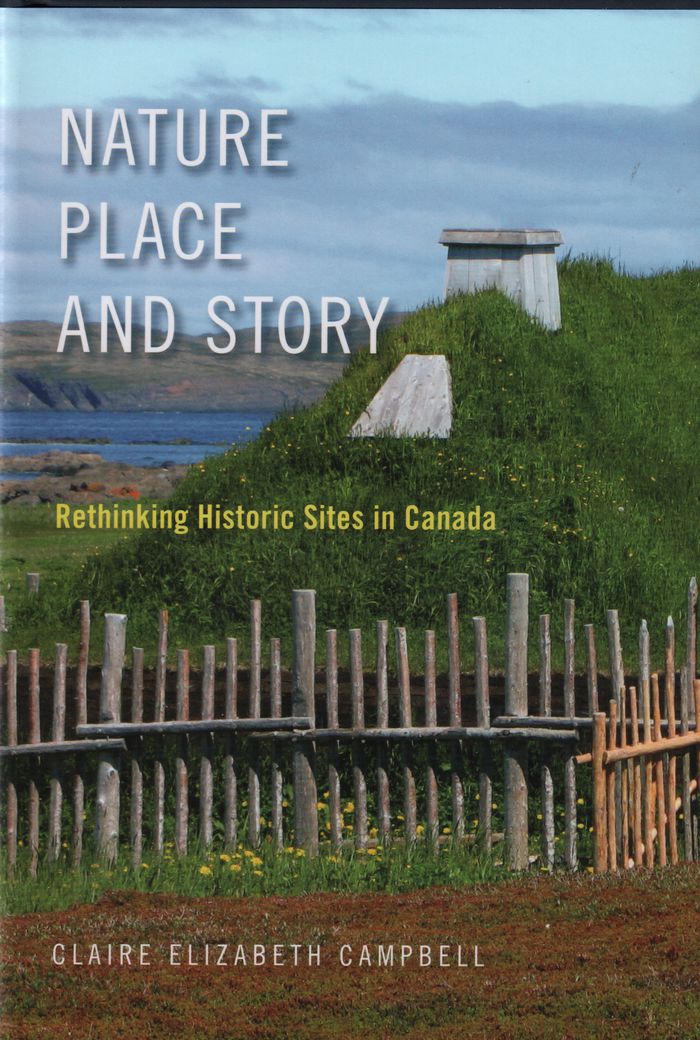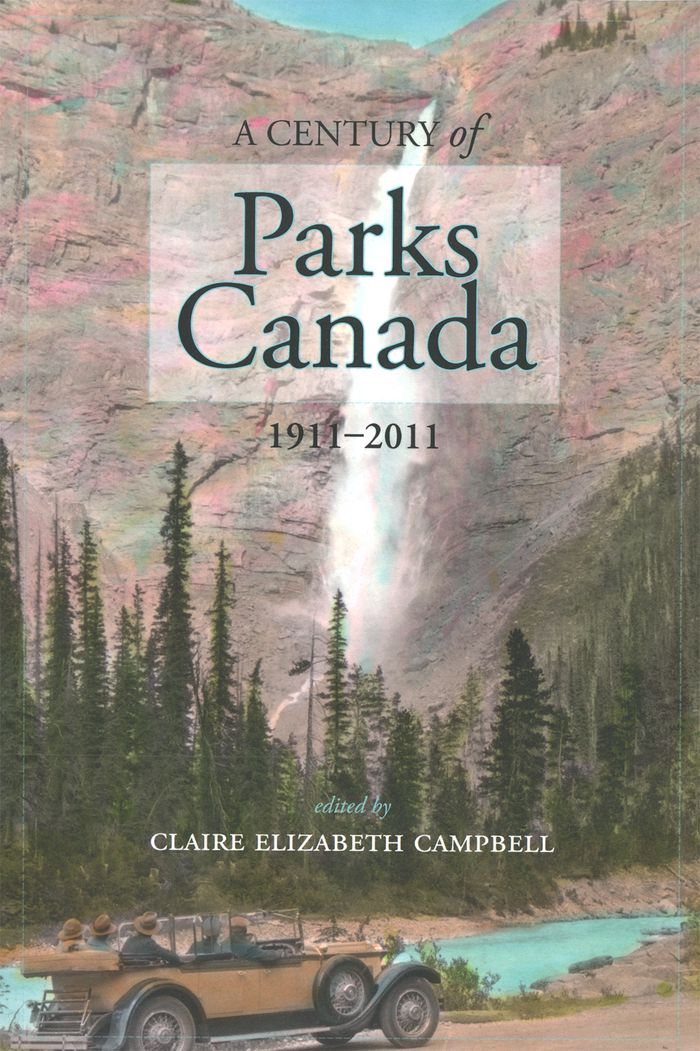$34.95
(disponible en magasin)
Résumé:
National historic sites commemorate decisive moments in the making of Canada. But seen through an environmental lens, these sites become artifacts of a bigger story: the occupation and transformation of nature into nation. In an age of pressing discussions about environmental sustainability, there is a growing need to know more about the history of our relationship with(...)
Nature, place, and story: rethinking historic sites in Canada
Actions:
Prix:
$34.95
(disponible en magasin)
Résumé:
National historic sites commemorate decisive moments in the making of Canada. But seen through an environmental lens, these sites become artifacts of a bigger story: the occupation and transformation of nature into nation. In an age of pressing discussions about environmental sustainability, there is a growing need to know more about the history of our relationship with the natural world and what lessons these places of public history, regional identity, and national narrative can teach us. "Nature, place, and story" provides new interpretations for five of Canada’s largest and most iconic historic sites (two of which are UNESCO World Heritage Sites): L’Anse aux Meadows, Newfoundland; Grand Pré, Nova Scotia; Fort William, Ontario; the Forks of the Red River, Manitoba; and the Bar U Ranch, Alberta. At each location, Claire Campbell rewrites public history as environmental history, revealing the country’s debt to the power and fragility of the natural world, and the relevance of the past to understanding climate change, agricultural sustainability, wilderness protection, urban reclamation, and fossil fuel extraction. From the medieval Atlantic to modern ranchlands, environmental history speaks directly to contemporary questions about the health of Canada’s habitat. Bringing together public and environmental history in an entirely new way, "Nature, place, and story" is a lively and ambitious call for a fresh perspective on natural heritage.
Architecture du Canada
$34.95
(disponible sur commande)
Résumé:
When Canada created a Dominion Parks Branch in 1911, it became the first country in the world to establish an agency devoted to managing its national parks. Over the past century this agency, now Parks Canada, has been at the centre of important debates about the place of nature in Canadian nationhood and relationships between Canada's diverse ecosystems and its(...)
A century of Parks Canada, 1911-2011
Actions:
Prix:
$34.95
(disponible sur commande)
Résumé:
When Canada created a Dominion Parks Branch in 1911, it became the first country in the world to establish an agency devoted to managing its national parks. Over the past century this agency, now Parks Canada, has been at the centre of important debates about the place of nature in Canadian nationhood and relationships between Canada's diverse ecosystems and its communities. Today, Parks Canada manages over forty parks and reserves totalling over 200,000 square kilometres and featuring a dazzling variety of landscapes, and is recognized as a global leader in the environmental challenges of protected places. Its history is a rich repository of experience, of lessons learned - critical for making informed decisions about how to sustain the environmental and social health of our national parks.
Architecture du Canada

